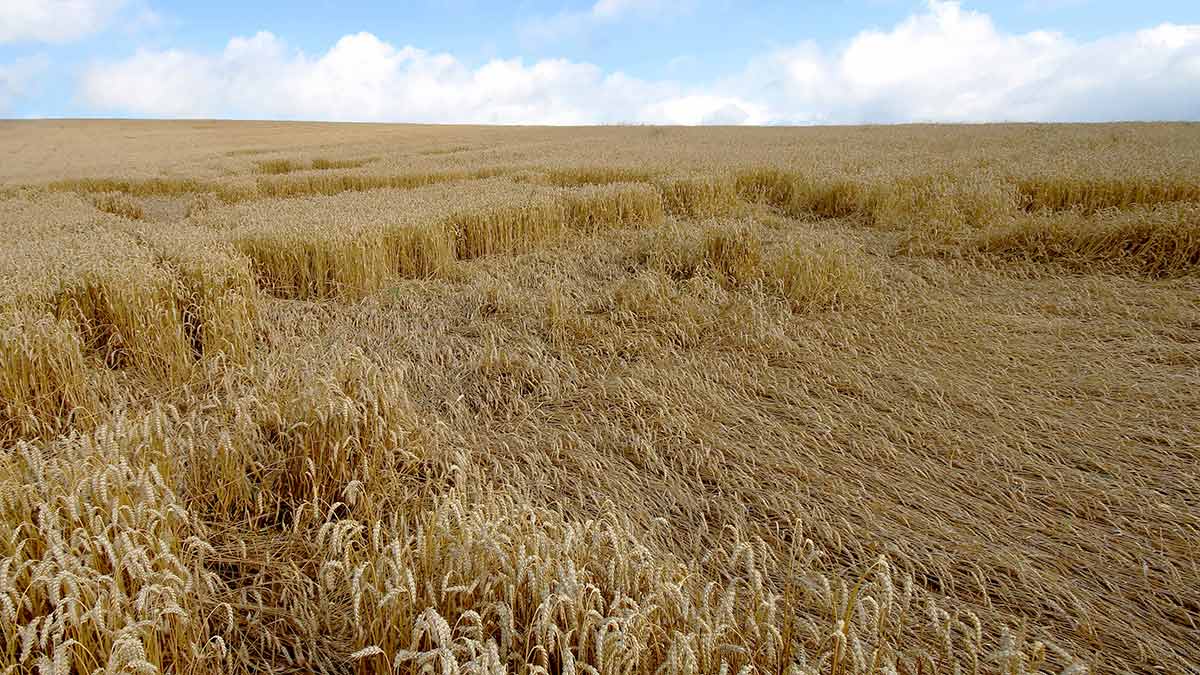Bumper harvest of Russian wheat halves world prices from wartime high

Russia’s second consecutive bumper wheat harvest is reinforcing its position as the No. 1 exporter, but it’s also easing price pressures stemming from Moscow’s invasion of Ukraine.
The Kremlin’s war — including blockading and bombarding ports — has hobbled Ukraine’s food exports, helping cement Russia’s domination of the global wheat market. That’s reflected in record Russian shipments, as the nation’s traders overcome the financing and logistical challenges some faced in the aftermath of the invasion.
However, Russia’s overflowing grain ports have also yielded a silver lining for wheat consumers buffeted by a cost-of-living crisis: the lowest prices in almost three years. Despite the Kremlin’s efforts to exploit the situation — by shoring up wheat prices to replenish its own coffers — the Chicago market is trading at less than half the peak reached after Moscow first invaded.
“There are not a lot of competitors for Russian wheat,” said Hélène Duflot, a grain-market analyst at Strategie Grains. “Russia is the price maker at the moment.”

With the supply glut depressing prices, Russia is trying to use its dominant position to put a floor under the market. Not only would that placate its own farmers, upset by dwindling incomes, but would also boost the Kremlin’s war-strained coffers by generating additional tax revenues.
Russian officials have been trying to enforce an informal price floor for exports, according to people familiar with the matter. That’s forcing some traders to renegotiate or even cancel deals, the people said, asking not be identified as the matter is private.
The government can enforce the price floor by refusing to grant export documents to lower-cost shipments, the people said. Still, the application of the floor has been inconsistent.
This month Egypt booked a massive quantity of Russian wheat in a private deal at a price below the unofficial floor in public tenders. Several days later, Egypt said that the trader would be allowed to supply grain from origins other than Russia. That allows the Russian agriculture ministry to “save face” on deals that fall below its price floor, according to Andrey Sizov, managing director at research firm SovEcon.
Nevertheless, the price floor is yet another sign of the Kremlin seeking to tighten control over Russian grain exports, and thereby the global market.
International trading houses fled Russia earlier this year as official criticism of foreign companies was ramped up. Moscow also continues to woo buyers in Africa and the Middle East, while assaulting Ukraine’s farm-export infrastructure and mixing grain from occupied regions with its own output.
Underlining Moscow’s wheat market dominance, the US Department of Agriculture earlier this week increased its forecast for Russian exports, while lowering its projection for global shipments.
The upshot is that despite lingering uncertainty about Ukrainian shipments, those concerns are more than offset by Russia’s own bountiful wheat fields, according to Alexander Karavaytsev, senior economist at the International Grains Council.
“Russia’s continued bumper and competitively priced exports have been a major factor weighing on exporter sentiment at other key origins in recent months,” he said.














